Madrid
Madrid is the capital of Spain and at the same time the capital of the Community of Madrid. It is one of the most visited touristic destinations of Europe. With its 3, 2 million inhabitants, it is also one of the largest cities, taking place after London and Berlin. Clearly, Madrid is a very important and famous city, but for some reason, it did not leave me such impressed as I was expecting. I have been there a couple of times now, and I always drew the same conclusion: it doesn’t stand out from the crowd as much as some other European capitals or cities. Although Salamanca is, for example, a smaller town, its architectural beauty makes it a far more interesting place than Madrid. But then again, it is not my intention to discourage you visiting the city. So here are some of my advice for a sightseeing tour in Madrid.
Plaza Mayor
You know the lesson already: every city has a Plaza Mayor, usually with a square shape and with important governmental buildings. Madrid is no exception. Plaza Mayor is located in the centre of the city and only a few blocks away from another check point, the Puerta del Sol. This symmetrical rectangular square was originally called the Plaza del Arrabal, but became famous worldwide as Plaza Mayor. While the main square in Salamanca can be entered from 6 different streets, the main square of Madrid has not less than 9 entrances. On the Northern side of the Plaza, you will find the “Casa de la Panadería” (Bakery House), which is a municipal and a cultural building as well. Additionally, there is a statue of King Philip III in the middle of the square, constructed in 1916. Madrid’s Plaza Mayor has witnessed a range of events during the history of time starting from bull fights and public executions to markets and celebrations. It is without doubt the beating heart of the city that can be easily reached by metro taking the Line 2. The Plaza in Madrid is one of the most beautiful in Spain, however it still cannot beat the one in Salamanca.
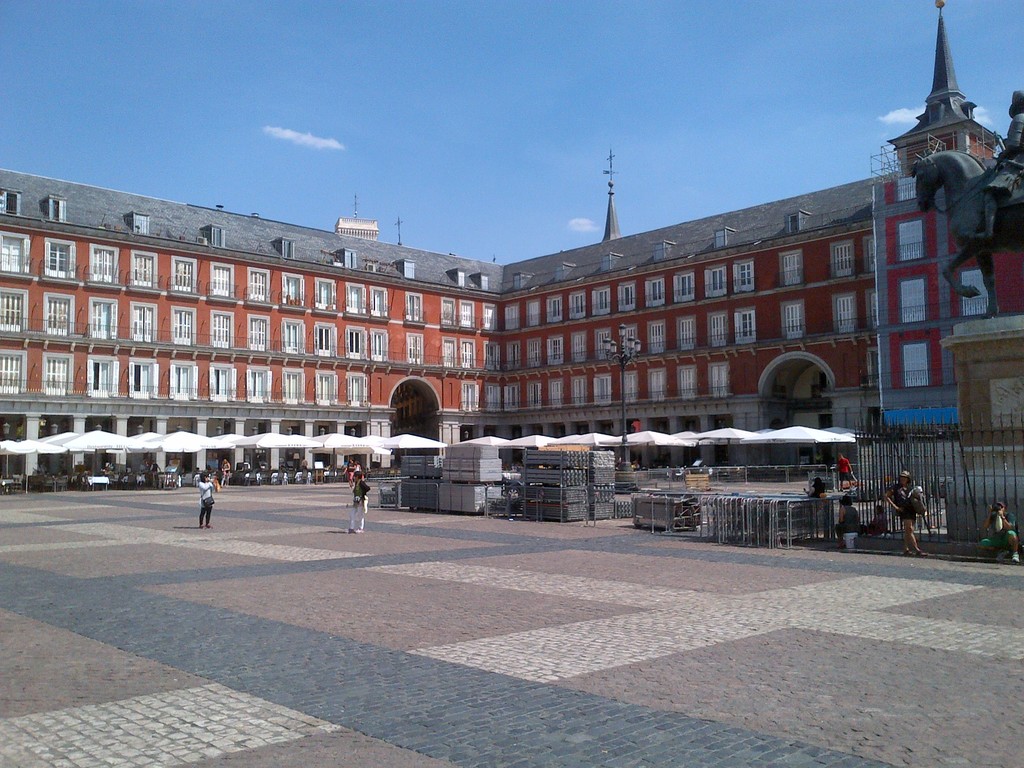
Gran Vía
Another basic element of Spanish city structure is the main road called "Gran Vía" in Spanish. The avenue’s constructions have started at the beginning of the 20thcentury and its main purpose was to serve as an entertaining and commercial area for the people of Madrid. We can say that the goal has been fulfilled as it is probably the most crowded touristic street in the whole country. It is filled with theatres, cinemas, night clubs, bars, enormous shopping facilities. Gran Vía connects various different parts of the city by being able to hop on 4 different metro lines: 1, 2, 3, 5. As for me, I cannot stand the big crowd, so if I can, I try to avoid this area.
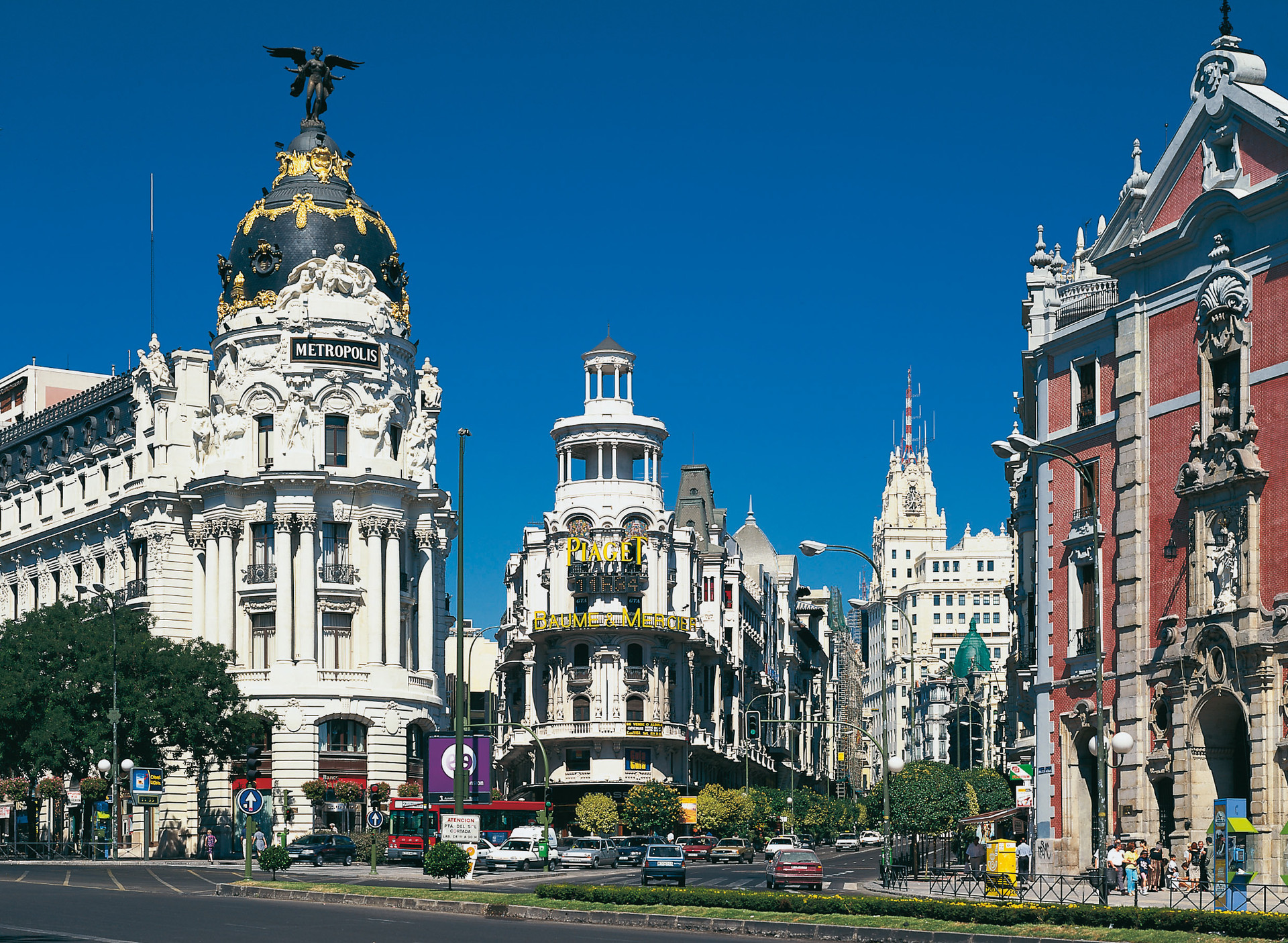
Puerta del Sol
The so-called “Gate of the Sun” is another important and busy square in Madrid, which is famous for having the Km 0 and, as such, being the centre of the radial road network in Spain. Besides, the square gives place to the statue of King Carlos III and also the most famous symbol of Madrid: El Oso y El Madroño (The Bear and The Strawberry Tree).
Furthermore, Puerta del Sol becomes the protagonist of Spain on the last day of the year as the clock of which bells appear in television to mark the traditional eating of the Twelve Grapes can be found here as well. To explain this a little bit more, each year in Spain ends with a special countdown: in the last 12 seconds, everyone is sitting in front of the TV and is taking one grape along with the clock ticks as a symbol for the upcoming 12 months.
And finally, Puerta del Sol also serves as a location to various demonstrations, with the 15-M-Movement being the most famous one.
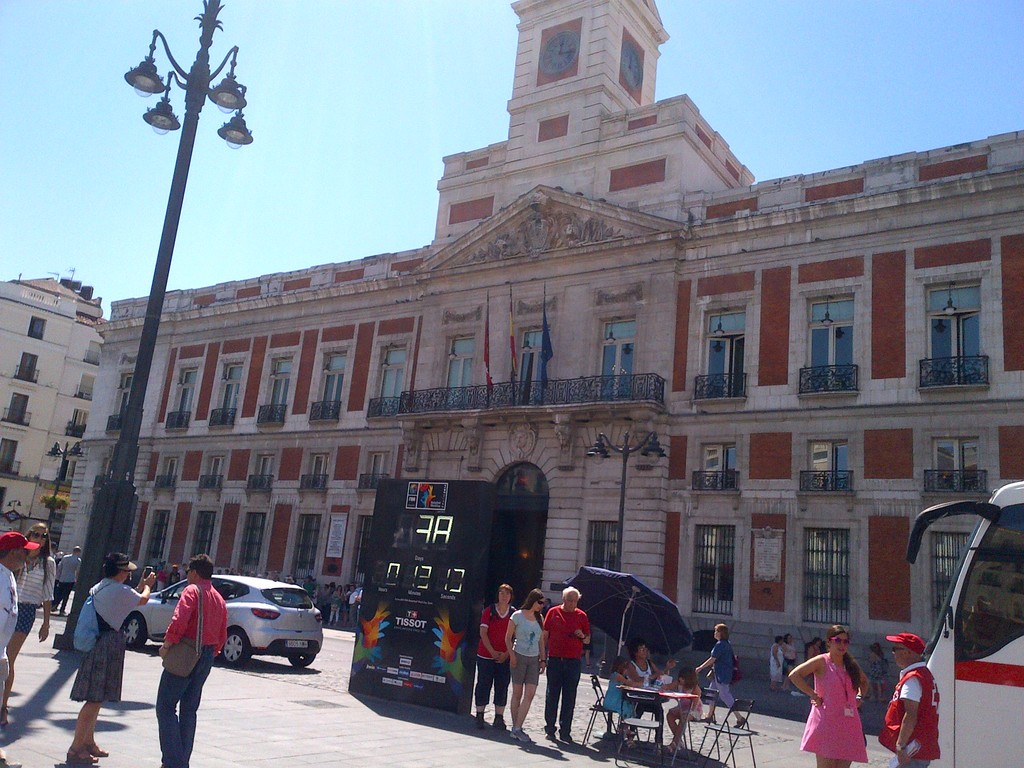
Royal Palace
Although it is not the actual residence of the King of Spain (because the Royal Family lives in a palace on the outskirts of Madrid), many state ceremonies are held here. It is located in the Western area of Madrid, connected by the metro lines 2 and 5. The Royal Palace of Madrid is widely considered as one of the nicest place in Europe. Its origins dates back to the 9th century, to the Muslim Kingdom, but the constructions of the current Palace started much later, in the 18th century due to a previous fire incident on Christmas eve in 1734. A certain part of the building can be entered for free, but if you wish to visit some of the rooms in the palace, you have to pay entry fee. I have visited the place almost two years ago, so my memories are fading away, but I can assure you it’a very attractive building.
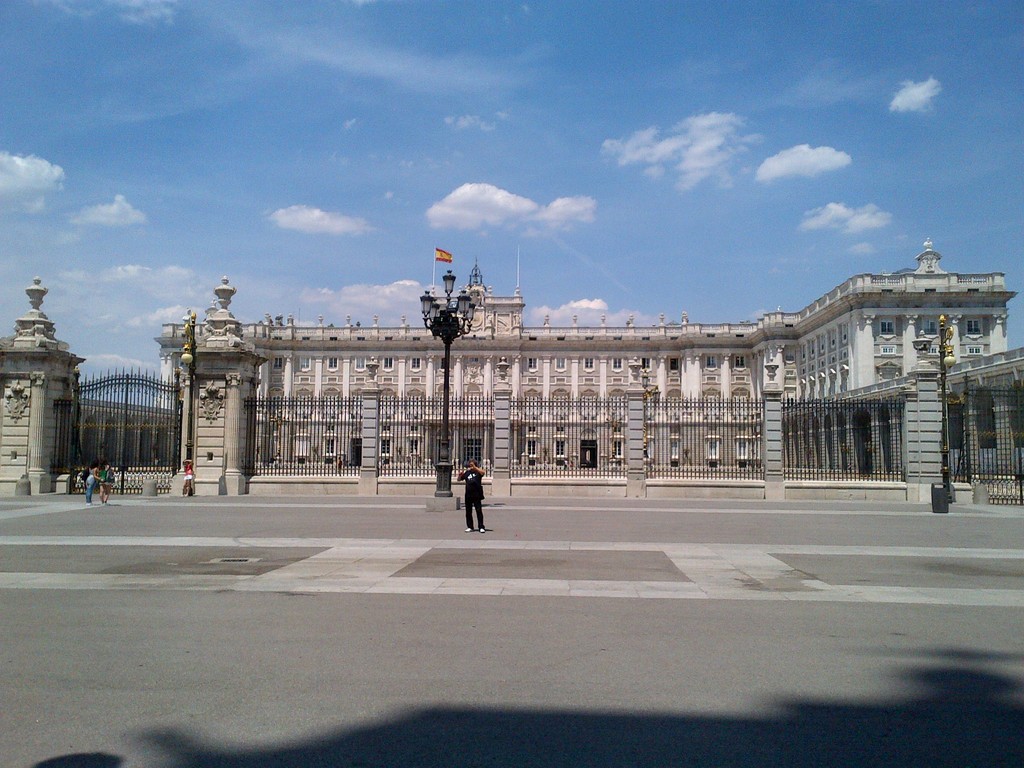
Prado Museum
As I have told you before, I have been to Madrid many times, but for some reason I never got to enter the museum. It is a shame, I know, however I did have a nice stroll in the surrounding area and park, with such a strong heat on my back that I burnt myself within an hour. So thanks to my lack of experience, I have no idea about how much you are supposed to pay, but it definitely worth it, since Prado is the largest art gallery in Spain. You can find here more than 8000 paintings, however only a small part of that is exhibited.
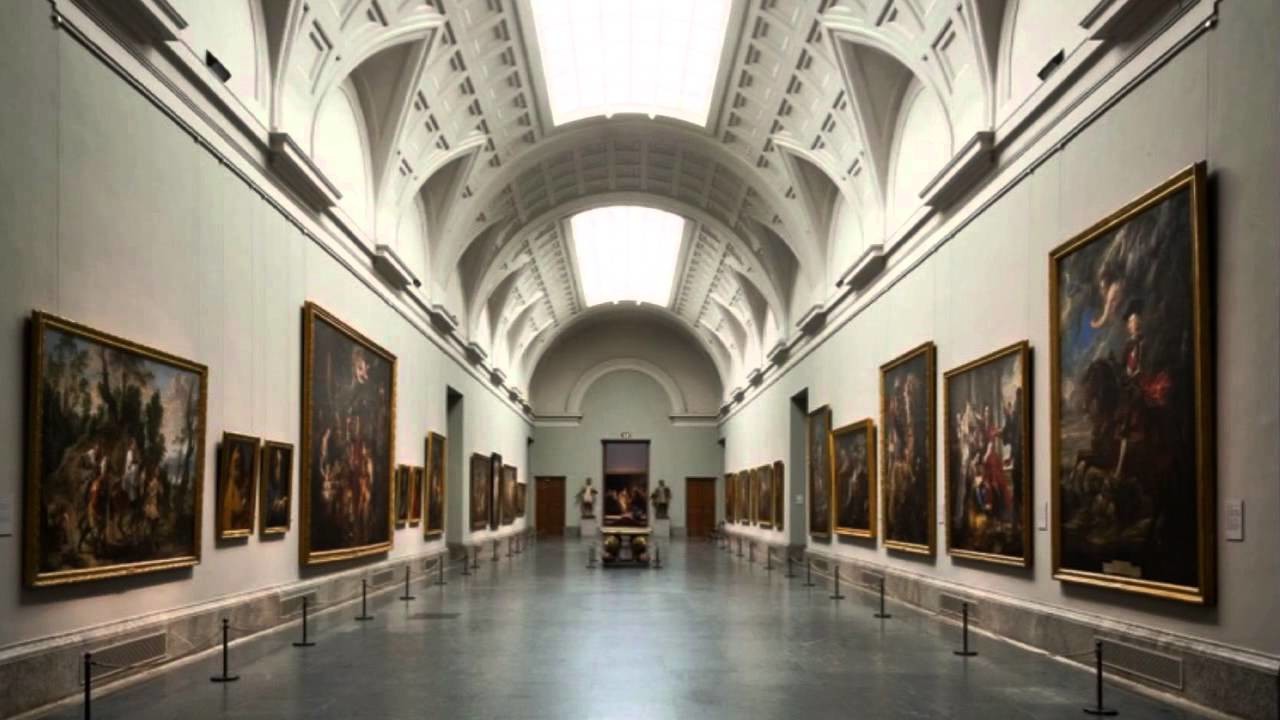
Cibeles Square with the Cibeles Palace and the Bank of Spain
The third most visited square in Madrid, which is famous for hosting the celebration events of Real Madrid victories. In each of its corners, you can admire fascinating landmarks. One of them is the Cibeles Palace, which was formerly named as Communication Palace. I had the chance to enter this building – which, by the way, looks quite amazing – and at that time, it was hosting an exhibition of modern art on gender-related topics. I didn’t have to pay anything. Furthermore, the Bank of Spain can be also found on Cibeles Square. I would highly recommend visiting this area, although I also think that sooner or later you will end up here by yourself, as it connects some of the best districts of Madrid. And last but not least, in the middle of the square, you will find another symbolic element: The Cibeles Fountain that is dedicated to the Roman goddess of nature.
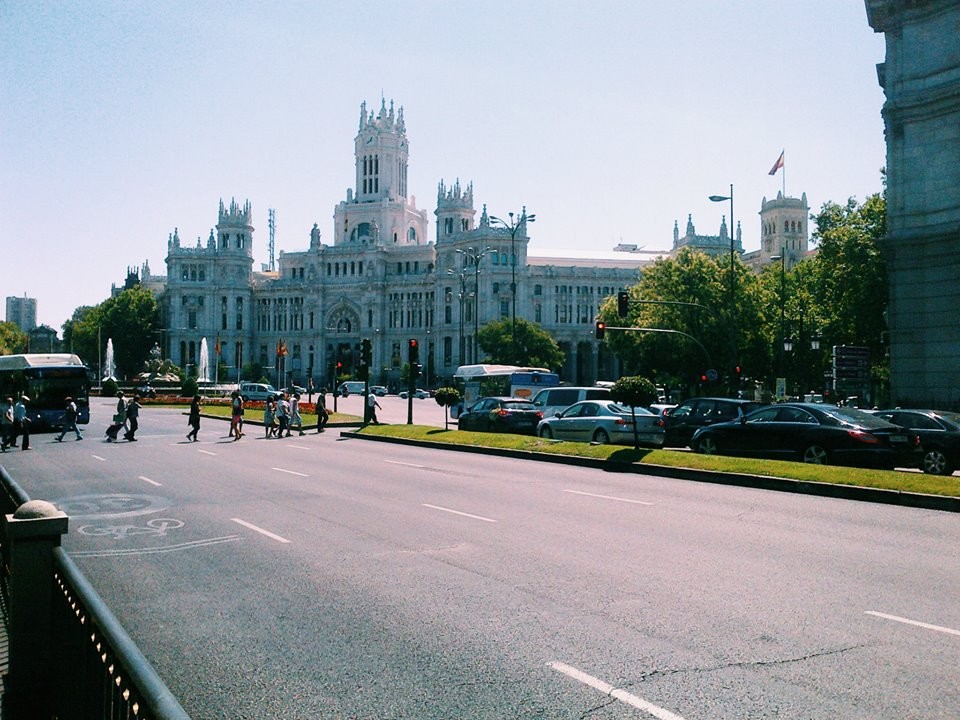
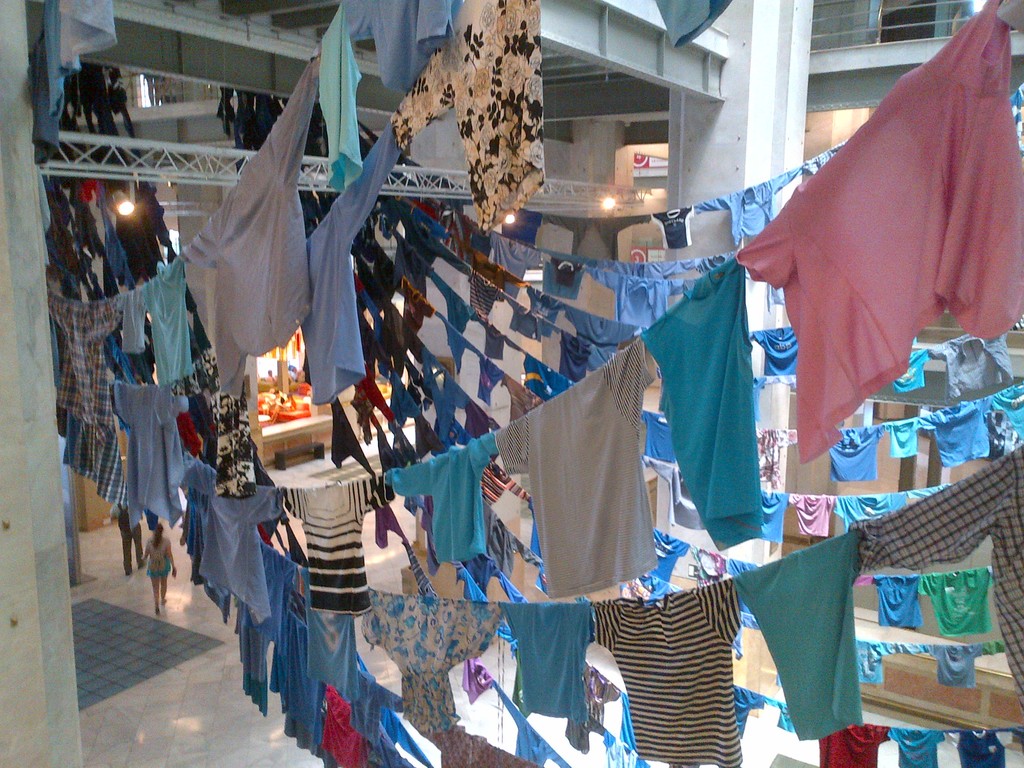
[inside of Cibeles Palace]
The Buen Retiro Park
Located on the edge of the city, Buen Retiro Park is the perfect place to relax in Madrid. It is the largest and most beautiful park that also allows its visitors to taste some typical Spanish dishes, have a delicious sangria or have a peaceful boat trip in the artificial lake called Retiro Pond in the Northern part of the park. While now it is a public place, it used to belong to the Spanish Monarchy. Among various sculptures and monuments, the Rosaleda Garden, the Fountain of the Falling Angel and the Palacio de Cristal can also be found in Buen Retiro Park.
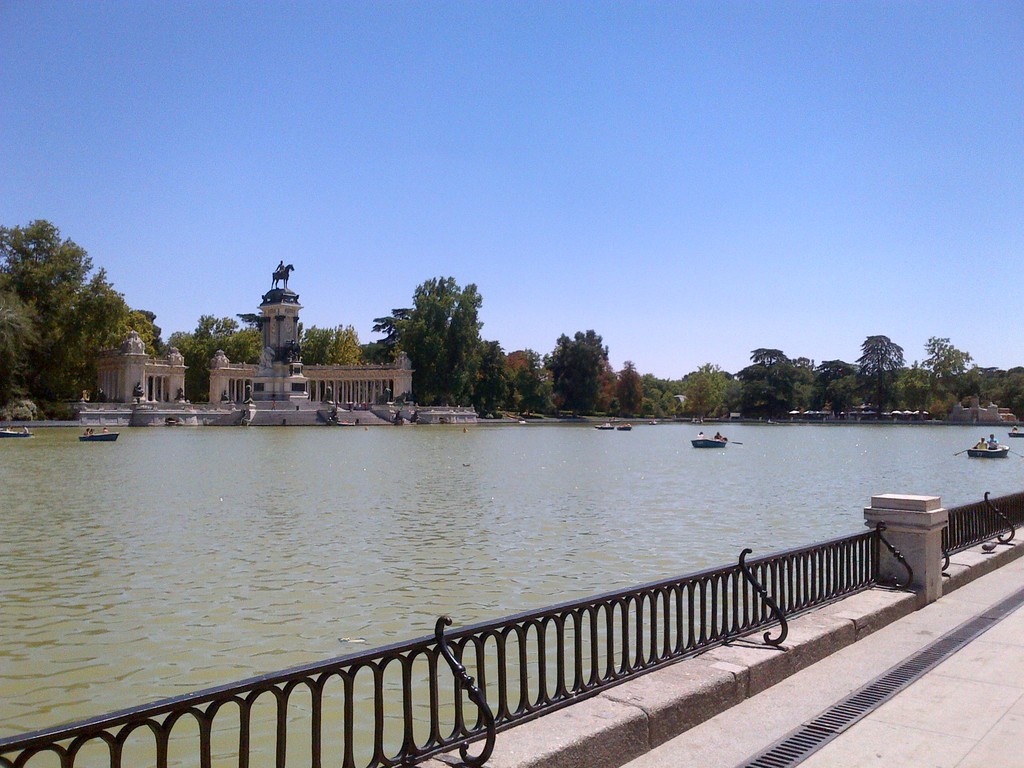
Puerta de Alcalá
The “Alcalá Gate” is probably the most well-known monument in Madrid, which stands right next to Buen Retiro Park. The gate has four sculptures representing four cardinal virtues by children: Prudence, Justice, Temperance and Fortitude. Once it used to be a real door built as an arch dedicated to King Charles III.
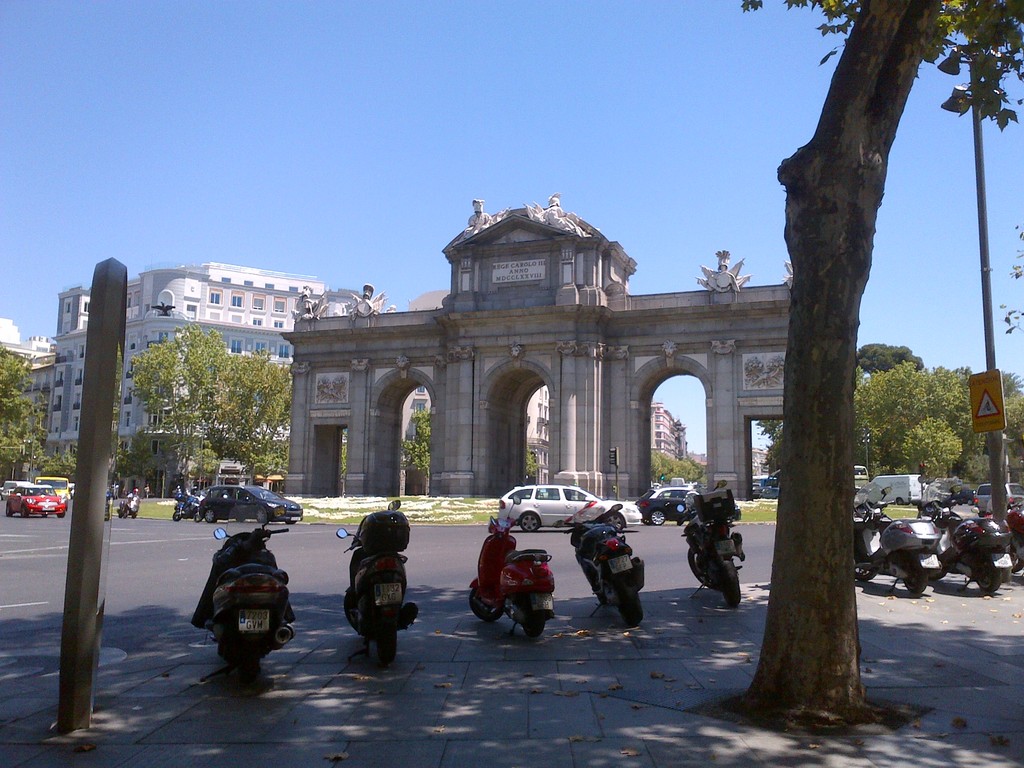
Transportation
Similarly to Salamanca, most touristic attractions can be visited on foot, as the majority is located in the central area of Madrid. In spite of this, the city has a good public transport system that helps you to get around even more easily. First of all, you can always take the metro, which connects you basically with every part of the city and it runs frequently from 6 am to 1:30 pm. The bus service is another good option if you want to get from one point to the other, and if you are planning to have a crazy night out, night buses are also at your disposal. In case your accommodation or hotel is located in the outer areas of Madrid, you can use the RENFE Cercanias (suburban passenger service).
Regarding the prices, I don’t remember very much, but as always, when staying only for a couple of days, one-way tickets are the better options, while in case of a longer visit, it is worth considering to buy tourist passes or the Madrid Card that allows you to have unlimited routes.
However, if you want to have a fascinating view of the city, try the Teleférico that lifts you 40 metres up above the city and allows you to enjoy 11 amazing minutes in the air. Built more than 40 years ago, it connects the Pintor Rosales Avenue with Casa de Campo, which is another great green area in Madrid. I have taken a rout here with my boyfriend and it was very good to take a break from the walking.
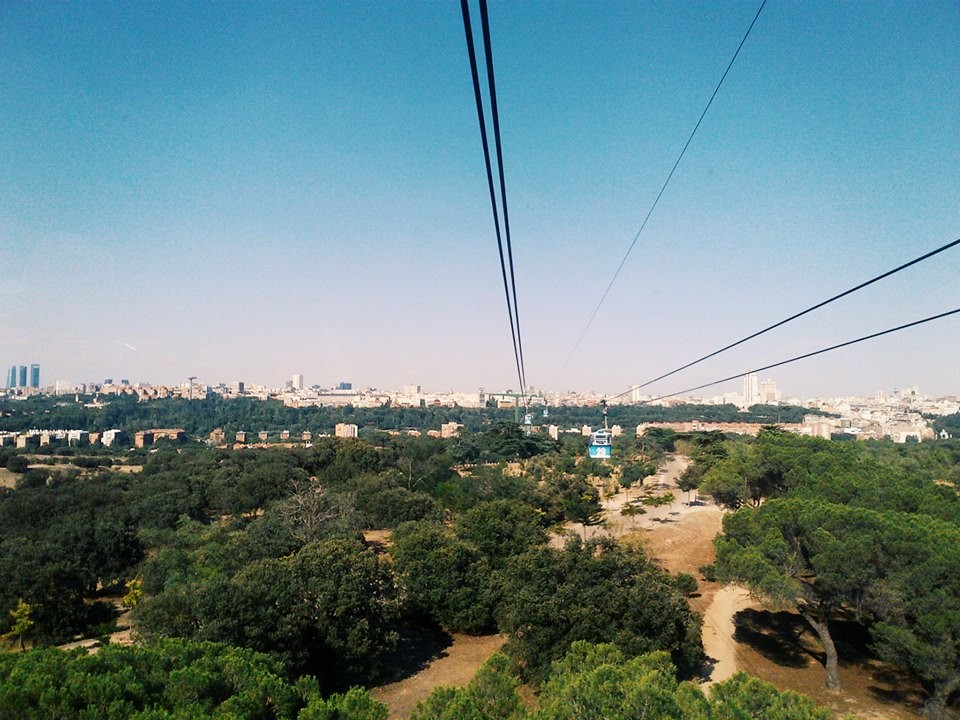
Accommodation
The first time we have been to Madrid, we stayed at Best Western Hotel Trafalgar, close to centre. The hotel was basically good but I remember that I could hear the beeping of the traffic lights, which made me crazy. Unfortunately I don't remember the prices, but I know that we didn't have to spend on transport, which was a big advantage.
The other two times we stayed a little bit further away from the centre, in the hotel called Vértice Roomspace. The first time we were so satisfied and the prices were so incredibly low that we decided to stay another night and we also came back the next time we visited Madrid. In the latter case, it costed us a little bit more, but it was still very affordable: we payed 36€ for one night in total.
All in all, I think Madrid is a nice place, and it is a must when travelling around Spain, however, for me, a couple of days were absolutely enough to discover the city.
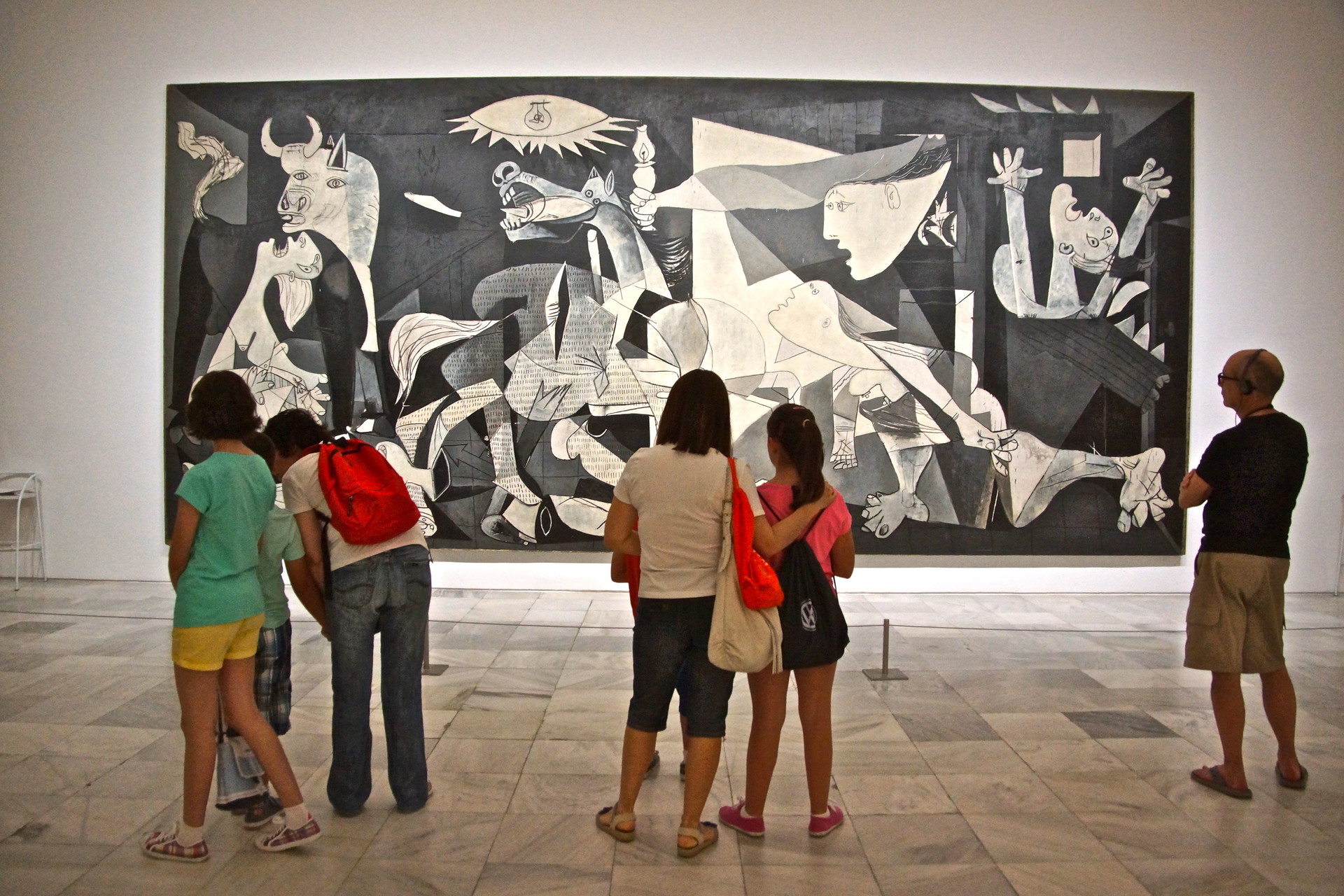
Photo gallery
Want to have your own Erasmus blog?
If you are experiencing living abroad, you're an avid traveller or want to promote the city where you live... create your own blog and share your adventures!
I want to create my Erasmus blog! →


























Comments (0 comments)